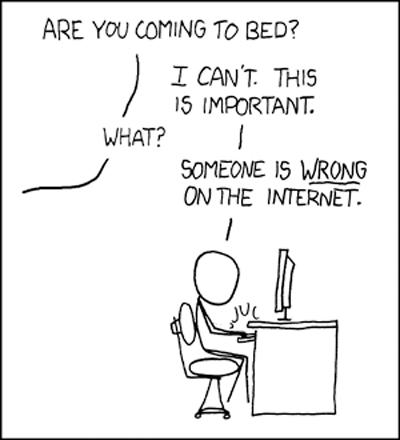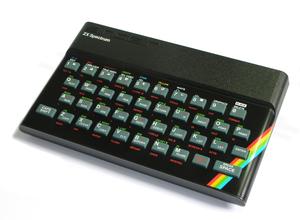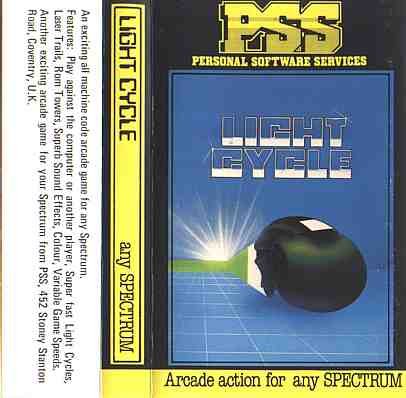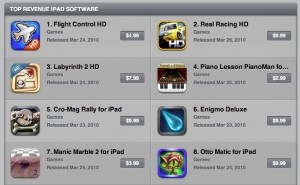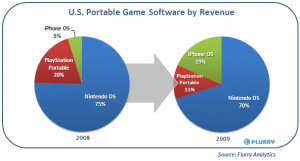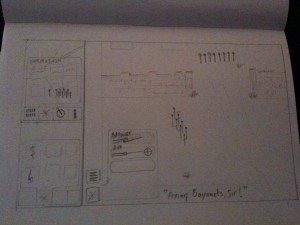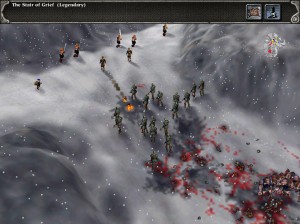Alex Payne writes about his moderate stance on the iPad:
Human-computer interaction has found a sweet spot on the iPad. It’s all the power of desktop computing, plus the valuable constraints of mobile devices, minus the limitations of both. It just makes sense. Use one for a couple hours and your desktop or laptop will seem clumsy, arbitrary, and bewildering. It is, simply, how (most) computing should be.
…
All in all, I stand by what I had to say back in January: that the iPad is a beautiful, important, transformative device released under a confusing regime of questionable ethics. That said, I think three simple changes would make a world of difference towards assuaging people’s concerns about the iPad and Apple’s direction.
…
- Apple should not charge to put applications you’ve written onto your personal iPad (or iPhone, for that matter).
- Apple should lift restrictions on running interpreted code on its mobile devices. Let people run Basic, Python, and Ruby interpreters on iPad and iPhone.
- Apple should remove the concept of private APIs from its developer offerings.
In essence, I agree on all three points.
With respect to 1.: I agree that Apple should not charge for putting a build on your own iPad but I can understand why they do. They’re for the certificate and management of same. It’s a casual barrier to entry which most people serious about it can leap over.
But if they permitted interpreted code on the device, which is the essence of 2., then they’re halfway there. Allowing a PHP interpreter, a BASIC compiler or even an environment like MIT’s Scratch would go somewhere to assuraging some of the deep felt geek hurt. A lot of folk I know got their start programming either in BASIC or HyperCard.
Point 3 tells me that Alex doesn’t know how the Apple development environment works. Private APIs are not necessarily secret ways of doing things which cannot be accessed by other mortals due to their secrecy though it does seem to be that way. Private APIs are APIs which are eventually to be made public once they have stabilised or been sufficiently modified. They are commonly APIs which are new or in development. I say ‘commonly’ because Mail and iCal on Mac OS X use them. Even now.



